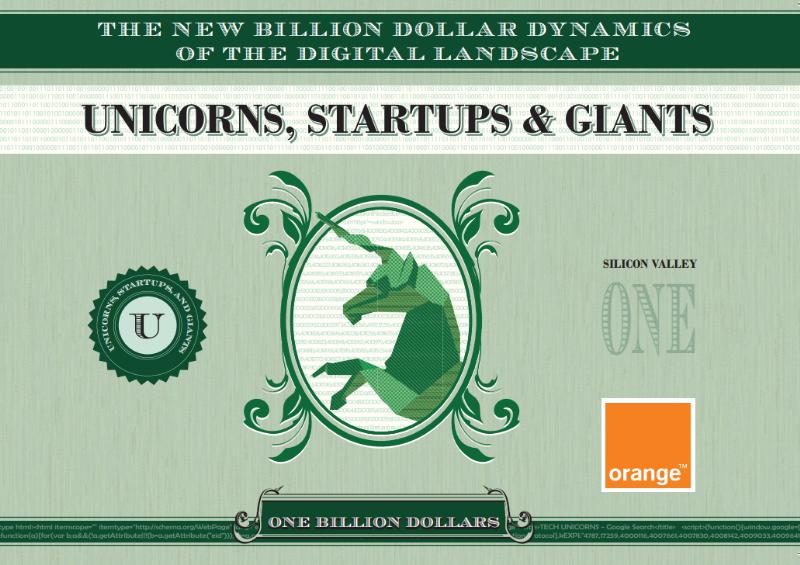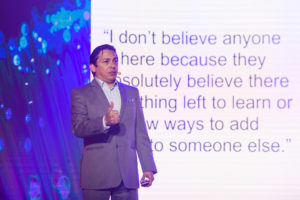Silicon Valley is more than a place, it’s a movement. While many debate where the “next” Silicon Valley will gain prominence, the point that many onlookers miss is that innovation is at the heart of the crusade. Whether it’s in the San Francisco Bay Area, Los Angeles, New York, London, Paris, India, et al., innovation is global and its sole purpose is to disrupt our way of life…for the better of course.
Just because things have always been done a certain way, doesn’t mean we couldn’t improve it…
Why couldn’t we try it this way?
What if we developed something that finally allowed us to…
There’s no reason this couldn’t be done better to improve…
These are just a few of the scenarios that drive entrepreneurs and inspire investors to bring ideas to life. And some of those ideas generate enough momentum to change behavior, create new opportunities, solve problems and earn big payouts in the process.
I once proclaimed that I couldn’t imagine a day when SnapChat would see an acquisition offer of more than the $3b Facebook brought to the fledgling startup’s doorstep. Shortly thereafter, Facebook acquired WhatsApp, a mobile messaging network, for a mind-numbing $19b.
With 450 million regular users sending 20 billion messages per day, WhatsApp is demonstrating in real-time how disruption emerges out of nowhere. This phenomenon, as Orange Silicon Valley, the Bay Area division of the French telecommunications company, sees it as a new billion dollar hunt for digital “unicorns.”
This acquisition led Orange to study 60 companies that Orange calls according to The Wall Street Journal, “unicorns—a new type of legendary startup” with rapid growth and a rapidly growing valuation that doesn’t look like startups of the past.
The report is intended in part to explain what is happening in Silicon Valley so the rest of the world can learn from it.
Chris Arkenberg and Ken Yeung of Orange reached out to me as they were deep in the research process to discuss disruption and what lies ahead. More so, I wanted to offer guidance to big and small companies alike to better understand how innovation isn’t limited to startups or locales. What entrepreneurs are to startups, intrapreneurs are to the enterprise. They are leading a new genre digital transformation, a renaissance of sorts that allows bigger companies to compete in connected markets.
Whether you’re in a startup or leading digital transformation efforts, I wanted to share my conversation with the Orange team with you here.
Your work explores the impacts of what you call Digital Transformation. What does this mean for companies trying to keep up?
If you attempt to compete for the future, if you invest in new technologies to meet the needs of your market, then you will win. But there’s a more prominent part of Digital Transformation that comes from how you and I are changing as a result of technology’s impact on our lives. That’s where a lot of innovation can occur. Innovation has less to do with technology than it has to do with how you think about the opportunities to evolve or to create. I’ve found in most cases that change doesn’t start from the top down. You have to rely on the change agents to create a sense of urgency from the bottom-up and then win over executives in order to drive change from the top-down. That’s really how a culture of innovation starts.
How can older incumbents adapt to the change and disruption? Can they evolve and play on this field without getting run over?
A lot of organizations today are very stubborn. They have cultures that are more management-driven so they are optimized to scale and to grow based on the world that is and the roadmaps that exist today. It takes a culture of innovation and resilience to be able to even think you have something to learn in the first place. When you have a leadership infrastructure that’s really focused on today, they aren’t necessarily in touch with how things are changing. Until leadership leads, the culture is going to have to adapt slowly.
What’s your perspective on Unicorns and the new tier of billion-dollar-plus valuations?
When you talk about spotting a Unicorn, we tend to get caught up in trying to find the next thing based on historical performance, traction in the marketplace, investment dollars, investors, founder teams. But these factors aren’t enough to find a Unicorn. What’s going to help you find a Unicorn is digital anthropology, to recognize an opportunity based on behavior. It’s what I call the Dilemma’s Innovator. It’s solving problems and creating opportunities based on unmet needs.
$19 B is an exorbitant amount of money to pay for WhatsApp, for example. It’s going to create an unfair bar because people are going to look at the users, the potential revenue, and the valuation instead of the reasons why WhatsApp is what it is and why Facebook bought it. WhatsApp is special because it addresses a market need that was unaddressed. Text messaging and iMessage weren’t meeting the needs of the younger generation.
Facebook famously said that “we want to be the dial tone for the internet”. That’s a really big statement. That means that they want to change how people communicate. If you really extrapolate what $19B means, maybe at some point you’re not going to have a phone number. You’re going to have an IP address. You’re going to have something that’s unique to you regardless of the device or the platform. That’s a powerful future to consider. It’s a $19B bet on that.
Connect with me…
Twitter | LinkedIn | Facebook | Google+ |Youtube | Instagram | Pinterest








I feel that your perspective is deep and everything is pretty good given the perceptions and opinions logic together. Things that we can understand.
I always appreciate it when an analyst says, “Here’s what I got wrong, here’s why, and here’s what I understand better because of it.” Good show. This report turned my head around, too.
Cheers Eric!